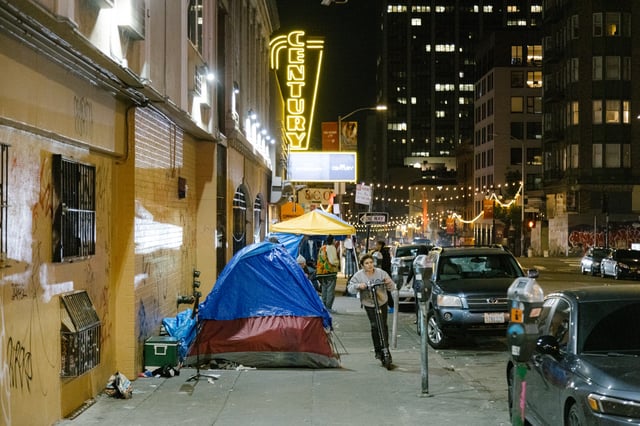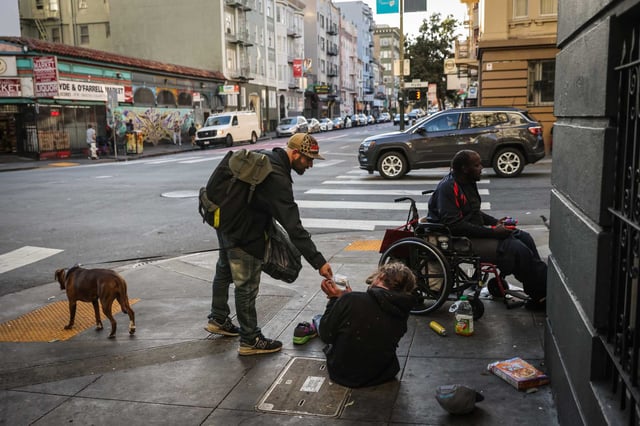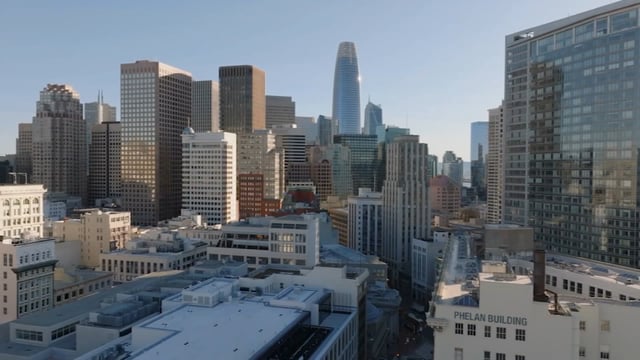Overview
- Supervisor Bilal Mahmood’s amended One City Shelter Act shifts from a district mandate to a data-driven model tying new shelter approvals to neighborhoods with more unsheltered people than existing beds.
- The required buffer zone between shelters has been cut from 1,000 feet to 300 feet to reduce service clustering in areas like the Tenderloin and SoMa.
- Lawmakers on the Board of Supervisors’ Budget and Finance Committee approved the revised legislation Wednesday, sending it to the full board for final consideration.
- Mayor Daniel Lurie publicly backed the compromise framework and committed resources to expand shelter capacity outside oversaturated districts.
- The bill institutionalizes biennial data reviews and requires a full board vote before adding shelters in neighborhoods already deemed oversaturated.


